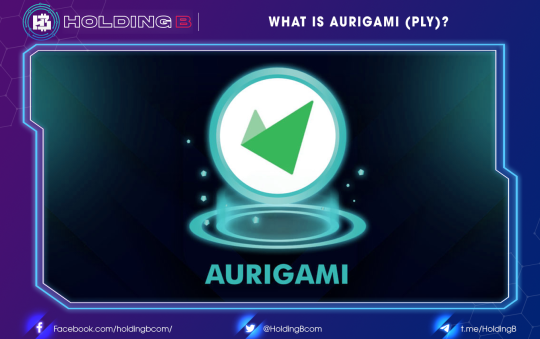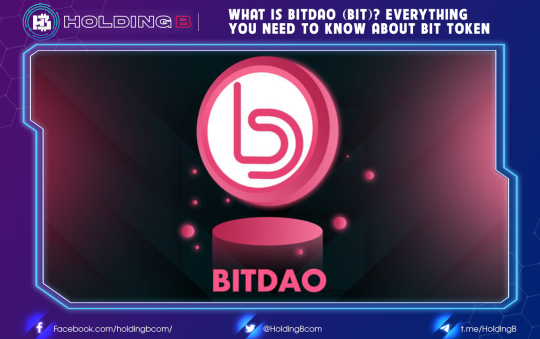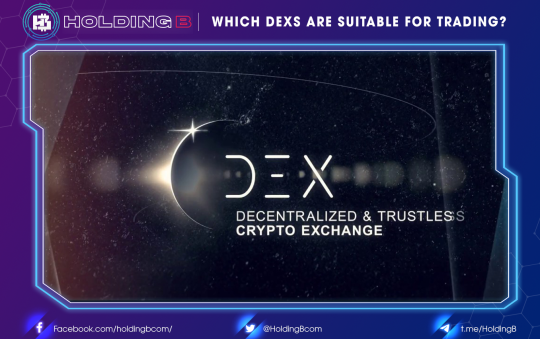What exactly is Proof of Work?
Proof of Work is a consensus algorithm. It gathers miners (also known as nodes) participating in the competition to verify transactions, then put transactions into blocks in the blockchain to receive their share network-based bonus.
Miners have to solve a complex math problem and demonstrate their math efforts to confirm the transaction and prevent double spending. Algorithms will adjust the difficulty of the problem to match the general mining speed, ensuring that a new block must be born within a certain time.
The creator of Bitcoin, Satoshi Nakamoto, invented proof of work for Bitcoin mining.
The benefits of Proof of Work
To encourage technological competition and renewable energy
The Bitcoin mining competition is fierce. To reduce costs, companies must constantly search for the most optimal, cheapest mining solution and develop faster and more efficient mining chips.
High security
PoW is proven to be the best way to maintain consensus and security in a decentralized network. The reason is that PoW requires a constant cost of hardware and resources rather than a fee to join like PoS.
The disadvantages of PoW
High energy use
Because of the proof-of-work feature, Bitcoin uses the most energy. And its energy usage is growing as more and more miners join the hunt for bitcoin, although some of these are powered by renewable energy. And consuming a significant amount of energy has become a problem criticized by many environmentalists.
Slow speed and difficult scalability
Although more secure than PoS, PoW has slow transaction processing speed, is difficult to scale, and has higher costs.
Attack 51%
If any individual or organization owns more than 51% of the network’s synergy, it can temporarily break the rules, double spend money, and block transactions. More specifically, at this time, that organization or individual will basically gain control of the network by falsely confirming the evidence, causing the network to suffer from double spending, causing losses. very big.
What is Proof of Stake?
In a proof-of-stake system, validators are chosen to find a block instead of having arbitrary competition between miners to determine which nodes can add blocks.
Here, to become validators, the nodes of the blockchain-based network must “stake” a sum or token to be involved in the verification of transactions in a block. This means that one can mine or confirm block transactions according to the amount of coins held by the person.
If the transaction is verified correctly, the validators will be rewarded with the inflation of the blockchain or the transaction fee collected. If they are wrong, they will be fined to lose all or some of the deposited property.
The benefits of PoS
Energy saving
The block validator does not need to solve complex algorithms. This will save electrical energy and is considered more environmentally friendly.
Decentralization
Compared to PoW, the hardware requirements are lower and more people can participate in the consensus process. Depending on the specific implementation, any holder of this cryptocurrency may be able to participate.
Security
PoS is said to have some of the security advantages of PoW. In some cases, the cost to the attacker may be higher. It has been suggested that winning 51% of available coins is harder than achieving 51% of hash power. Besides, having a 51% stake means potentially losing this amount.
The disadvantages of PoS
Expensive price
In addition to costly procurement, if something goes wrong, such as hardware failure, repair and replacement are also very expensive and time-consuming.
Security
Since validators in PoS do not have to spend a lot of money on hardware and electricity, it is easier for attackers to act and only pay for the purchase of tokens.
Also, like any internet-based system, a POS machine can be infected with bugs or malware, which can cause it to stop working.
The scale is not large
PoS is not yet as decentralized or secure as leading PoW systems. However, PoS can catch up with PoW thanks to its scalability, lower barrier to entry, and no need for specialized hardware.
Stakeholders’ risks
When we authorize or perform validator, we will receive more coins, but we will be capitalized or lose coin price, and the amount of compensation is insufficient to break even.
The probability of mining a block is determined by how much computational work is done by the miner.
The probability of validating a new block is determined by the number of shares one holds.
The difference between PoS and PoW
Mining probability
The probability of mining a block is determined by how much computational work is done by the miner.
The probability of validating a new block is determined by the number of shares one holds.
Reward
The reward is given to the first miner to solve the cryptographic puzzle of each block.
Instead of receiving block rewards, they collect network fees as their reward.
Competition
To add each block to the chain, miners compete to solve difficult puzzles using their computing power.
There is no competition as the block creator is selected by an algorithm based on user stakes.
Attack
The hacker would need 51% of the computing power to add the malicious block.
Hackers would need to own 51% of all cryptocurrencies on the network, which is practically impossible.
Device
Specialized equipment to optimize processing power.
The standard server-level unit should suffice.
See ya in the next article !
Don’t forget to follow useful articles about Crypto Market from team Holding B !!!
- Telegram Channel: https://t.me/HoldingBcom
- Telegram Group : https://t.me/HoldingB
- Website : https://holdingb.com/
- Twitter : https://twitter.com/HoldingBcom





